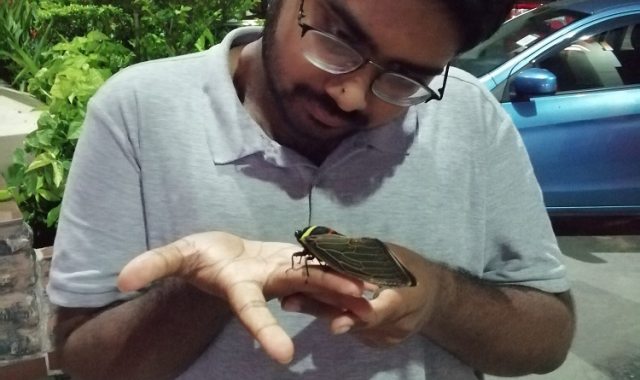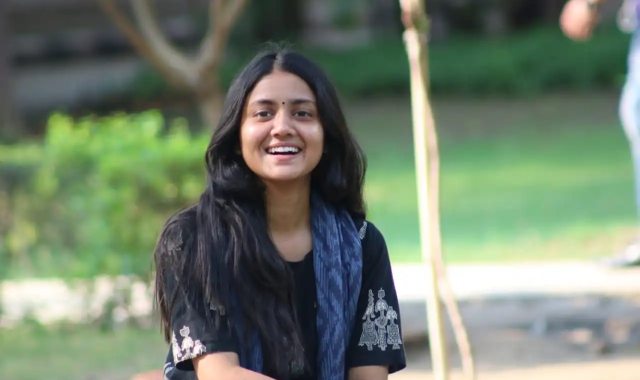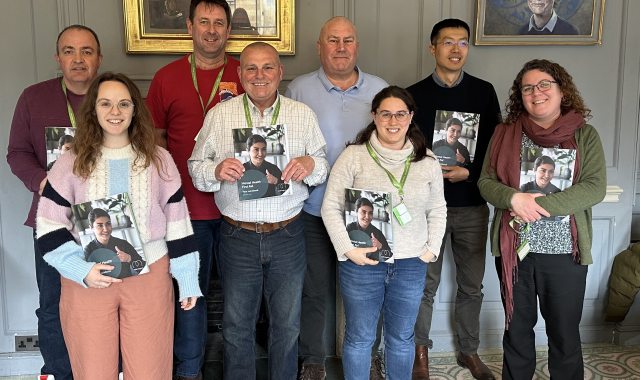Bispecific antibody engineering
- 13 December 2023
- 3 minutes
Paul Carter (Natural Sciences (Biological) 1979) is an antibody engineer excited by the trajectory and global therapeutic impact of antibodies.
More than 100 antibodies have been approved as therapeutics. Most antibody drugs are used to treat cancers, or autoimmune and chronic inflammatory diseases, with increasing use in other disease areas including infectious diseases, haematology, metabolism, neurology and ophthalmology.
Paul says: “There is now such a large community of talented people developing antibody drugs that their applications continue to grow. For example, a few antibodies have been approved for treating very serious eye diseases, and these have made meaningful impact in preserving vision. We are limited primarily by our imaginations, in terms of what can be done with antibodies. Of course, antibodies are not useful for every disease that ails us, but they are incredibly versatile as therapeutics.
“Antibodies are ‘Y’ shaped molecules that specifically bind to a target of interest, like a protein on the surface of a cancer cell. Bispecific antibodies, as the name suggests, bind to two different targets in ways that the body has never done before. For example, bispecific antibodies are being used successfully to bridge immune cells, particularly T cells, to cancer cells and thereby direct the killing of the cancer cells.
“Antibodies are modular in design so that you can make them with very different shapes and sizes binding one, two or more targets. It’s like having a Lego set which can recombine in a lot of different ways to make molecules that have very different properties.”
Paul feels incredibly fortunate to have been mentored by two pioneers in his field, Professor Sir Gregory Winter, who won a Nobel Prize for his pioneering work on antibodies, and Professor Jim Wells, a member of the US National Academy of Sciences. Paul is now a Genentech Fellow of Antibody Engineering at Genentech where he has worked for nearly 30 years in two spells with a 10-year gap between. He has run postdoctoral programmes at three different companies.
In 2022 Paul was elected to the US National Academy of Engineering “for creating novel approaches to discovering and developing life-saving antibody therapeutics, including bispecific antibodies”.
He reflects on his own experience when encouraging early career research scientists in the importance of presentation skills, collaboration and resilience in encountering setbacks. He also says that it is important not to play it too safe as high-risk research projects can sometimes yield unexpected and impactful work.
“Working at the bench at the MRC were some of the most fun times of my career,” Paul adds. “My time at Caius, in Sir Greg's lab at the MRC and then at Genentech with Jim Wells, was the launching pad for my career. There's only a limited extent to which you can pay back your mentors. However, I am inspired to pay it forward in trying to emulate them with my own postdocs.
“There’s nothing like when you’re the first person to see something. At Genentech in the 1990s we were working on using an antibody that binds to a protein called HER2 on breast cancer cells. We were trying to develop our version of a process called ‘humanisation’, a technology developed by Sir Greg Winter. Nobody thought that it was going to work. It was definitely a thrill, when we were able to take a mouse antibody and make it look like a human antibody - a critical first step in developing an anti-cancer therapeutic. That was undoubtedly a career highlight.”



